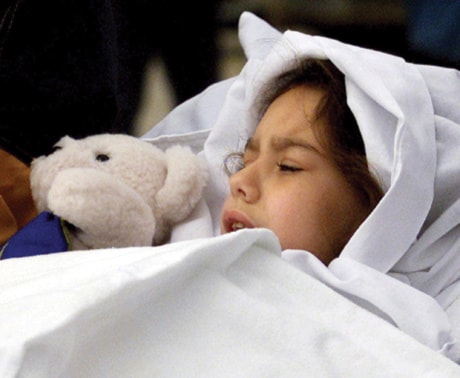WALKERTON, Ont. — Much water has flowed under the bridge since the devastating E. coli crisis hit the unsuspecting town of Walkerton, Ont., with horrific force over the May long weekend 10 years ago.
The outward signs of that bleak period are barely apparent to the casual passer through.
Instead, a new subdivision sprouts, as does a business park on the east ridge. Main street is as spiffed as most any in small-town Ontario.
“If you look at those dark days, the recovery has been phenomenal,” says resident activist Bruce Davidson.
“This was a town that could have become a ghost town.”
For months back then, grief, fear, anger and the stench of bleach washed over a population struggling to make sense of how tap water had killed seven of its citizens — one a two-year-old girl who died May 23, 2000 — and sickened 2,500 others.
It would take an exhaustive judicial inquiry to trace the complex causes that led to that weekend of infamy: Among them, two reckless water managers; shoddy oversight and practices by the Ministry of the Environment; a Conservative government bent on cutting budgets without so much as a nod to the risks.
Today, however, with its population steady at around 5,000, Walkerton is alive and well, perhaps stronger than ever.
Homes sell for an average $187,000, up from about $93,000 just before the crisis crippled the town and prompted some to question its very viability.
“The entire town pretty well just stopped; everybody was in shock,” says Michael McIntee, who owns a local real estate company.
“Walkerton has rebounded extremely well.”
Amid the mini-boom of 2010, tangible signs of those days are easily missed.
The small plaque at the infamous but now defunct Well 5 — where cow manure washed into the drinking-water system — is all but hidden.
The Heritage Water Garden with its water feature and pleasant walkways could easily be taken for just another park rather than for the permanent memorial it is.
Most residents have put the tragedy behind them, preferring to focus on the future.
For Tracey Hammell, however, the future remains blighted by the past. The water made her then-two-year-old son Kody terribly ill.
Now 12, the sporting enthusiast is still not well.
Kody’s kidneys function at about 45 per cent. He developed diabetes. His brain has been injured by two diabetic comas.
Hammell doesn’t want her family’s struggles forgotten, especially by a provincial government that promised fair compensation for those afflicted, then left her to fight for years for scraps of the $70 million paid to claimants to date.
Every month, she says, she has to supply adjusters with a detailed accounting of Kody’s needs — from changed bed sheets and medications to perpetual rounds of far-flung doctor and hospital visits to private tutoring.
“I kind of feel like a lot of people don’t care and they’re sick of hearing our story,” she says.
“(But) they do need to know that there are still (ill) people out there, and (government) better help them as long as we need the help.”
Estimates are that about 100 people will need lifelong medication as a direct result of the E. coli poisoning.
“The acute event was severe, incapacitating for many, and for some resulted in death,” says Dr. Bill Clark, who led a long-term health study of Walkerton’s residents.
